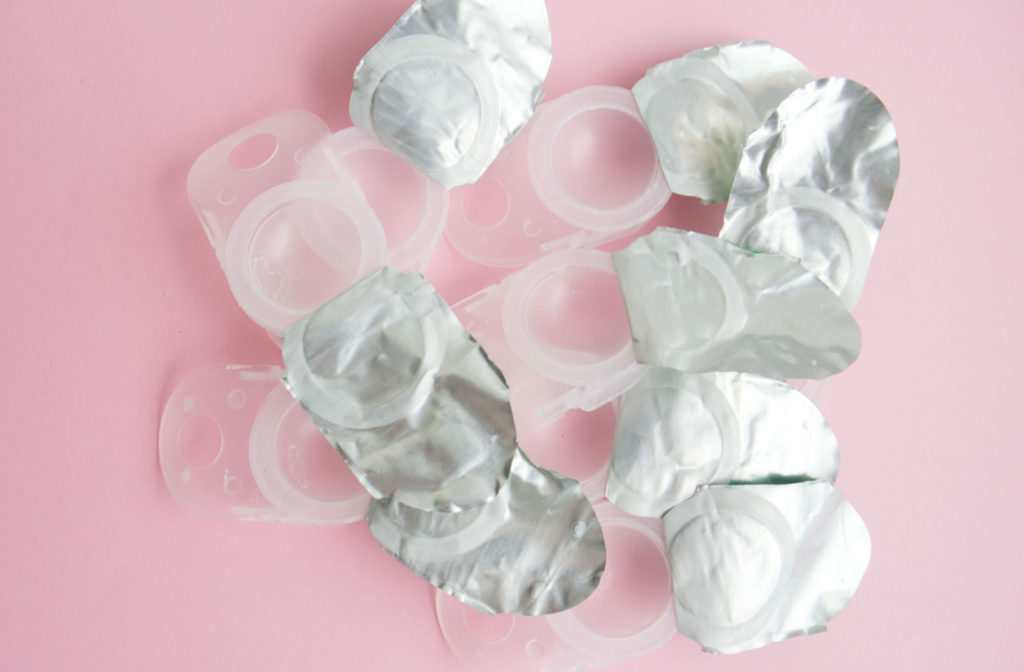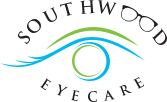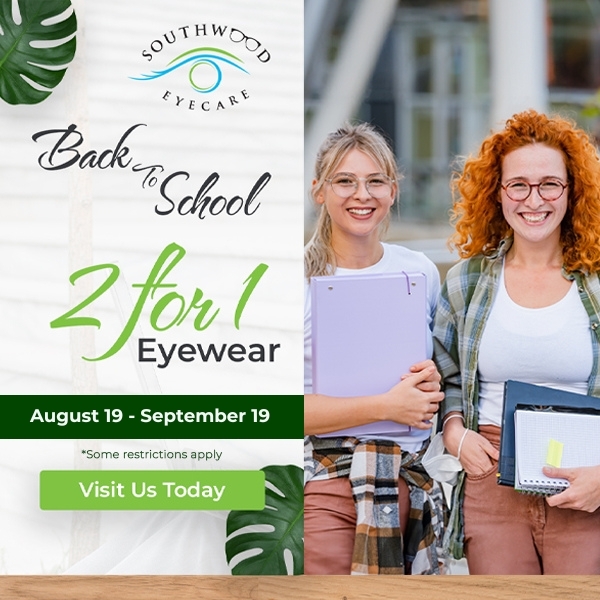Contact lenses are one of the most convenient and comfortable ways to correct vision problems. They are easy to use, don’t get in the way of your activities, and are safe and effective. Contact lenses come in different types, but one question most people ask is whether they expire or not.
Like any medical device, contact lenses require proper care and cleaning to keep your eyes healthy and prevent infections. It’s crucial to follow the expiry date set by the manufacturer.
Before you get contact lenses, you need to know the importance of proper contact lens care and cleaning, the different types of contact lenses and specialty lenses, and what to expect from a contact lens exam and fitting.
Why Do Contact Lenses Expire?
Contact lenses do expire, and the expiry date is usually printed on the package containing the individual lenses. The reason why lenses expire is that the blister pack seals begin to break down over time. This can cause bacteria growth on the lenses and cause the saline solution to break down.
Using an expired contact lens can cause irritation and eye infections. Common symptoms of contact lens-related eye infections include:
- Eye redness
- Blurry vision
- Eye discharge or watering eyes
- Sensitivity to light
- Pain
- Feeling like there’s something in the eye
Keratitis is the most common eye infection that develops from misuse of contact lenses. It’s an infection of the cornea that can progressively worsen without treatment.
Contact Lens Expiry Dates
The expiry date on a contact lens package is not arbitrary—it’s backed by research and tests to keep the products safe and effective. The date given on the package is not a ballpark date. The time frame provided by the manufacturer must be adhered to.
What if You Have Unused Contact Lenses?
If you have found unused contact lenses in your medicine cabinet you forgot about, it’s a good idea to check the expiration date before wearing them. And if you’re unsure of the expiration date, you shouldn’t wear them. Seek professional guidance from an optometrist.
Expired contact lenses can quickly develop bacteria, so replacing them is necessary. This is especially true with wearers who have chronic eye conditions. Redness, discharge, blurry vision, and sensitivity could indicate the need to replace your contact lenses.
Types of Contact Lenses & Speciality Lenses
There are 2 primary types of contact lenses available: soft and rigid gas-permeable (RGP) lenses. Each has its benefits and is chosen based on your needs and preferences.
Soft lenses are designed to fit the contour of the cornea. They absorb water from the eye’s natural tears, making them prone to developing a buildup of deposits and debris, which can damage the eye if not cleaned properly.
RGP lenses can provide excellent clear vision and have a long lifespan of several years. Because they’re less likely to develop protein deposits and buildup, RGP lenses offer a lower risk of developing eye infections.
Some specialty lenses include multifocal contacts, toric contacts for people with astigmatism, and scleral lenses. These specialty lenses are fitted individually to your eyes, and a consultation with your eye doctor is necessary to determine whether these lenses are a good option.

Proper Care & Cleaning of Contact Lenses
Keeping your contact lenses and hands clean is the first step to preventing infections and promoting eye health. Always wash your hands with soap and water and dry them thoroughly before handling your lenses. Avoid using harsh soaps or oily lotions that can transfer to your lenses.
Some best practices for caring for contact lenses include:
- Avoid using fingernails to handle your lenses
- Inspect the lens for particles or deposits
- Rub the lens between your finger and palm to remove build-up from the lens
- Only use the cleaning system outlined by your optometrist
- Don’t use eye drops without consulting your optometrist
- Have regular eye exams
What to Expect from a Contact Lens Exam & Fitting
In addition to discussing your contact lens preferences and lifestyle, during a contact lens exam, your eye doctor will assess your eye health, your tear film or ocular surface, and measure the curvature of your corneas to determine the ideal fit and prescription for your lenses.
If you’re a first-time contact lens wearer, you’ll have to learn how to insert and remove lenses. Your eye doctor may ask you to do this during your appointment to confirm they fit comfortably. Then, you may have to return for periodic check-up appointments to evaluate the health of your eyes and see that the lenses continue to fit properly.
If your lifestyle changes, your lenses are expiring, or you’re wearing your contact lenses more or less often, talk to your optometrist during your contact lens exam about changing your wear and replacement schedule. You can explore options like:
- Daily wear
- Daily disposable
- Extended wear
- Planned replacement
Making the Switch to Contact Lenses
If you’re considering switching to contact lenses, it’s essential to consult with your optometrist. Contact lenses require specific care and handling, so you must take the proper measures to maintain your eye health.If you want to rely less on your glasses for clear vision, schedule an appointment at Southwood Eyecare for a contact lens exam and fitting.




